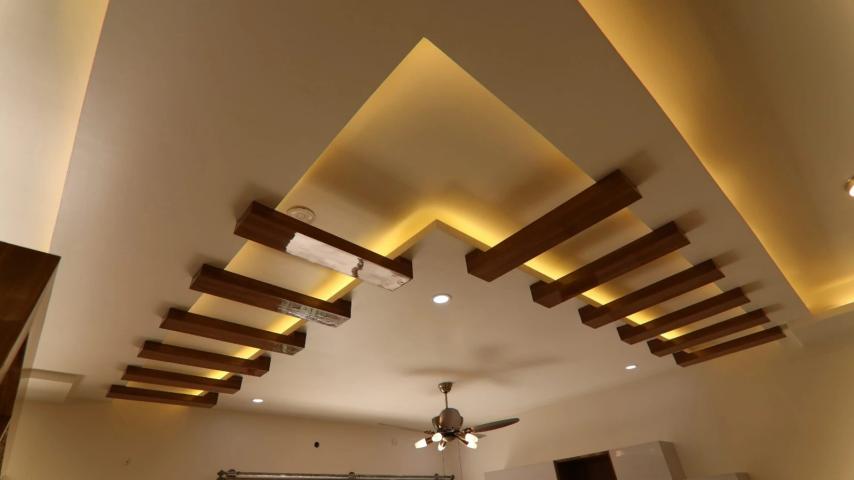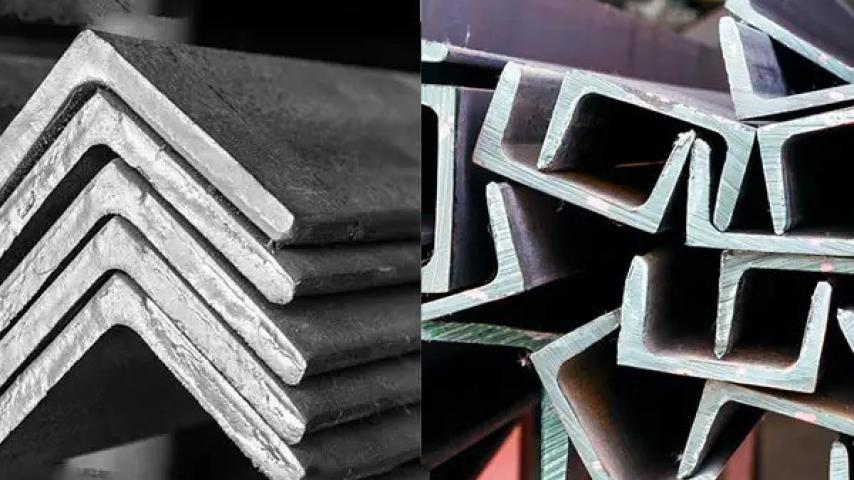Roll forming; forming machine for all types of metals
Roll forming is a machine for forming various metals. Most people have the idea that the process of forming various metals is done through traditional and old methods. Methods such as casting, forging and welding can be mentioned.
Today, new and innovative methods have been invented for cutting various metals. The process of forming various metals is done by roll forming. Many people have not heard of it and are not familiar with this method.
In the general definition of roll forming, it is called forming various metal sheets. Steel sheets such as steel, iron and galvanized sheets are among the most widely used iron products. They are used in various industries and are used in specific shapes and forms.
Roll forming machine for forming various metals: Various products are produced by the roll forming machine. Various pipes, various metal profiles and patterned sheets and any design that the customer wishes. These sheets are placed on the softs located in the machine and are restrained by bearings. The sheets are formed in the same way according to the type of shape of the mold or rollers.
The international and specialized definition of roll forming is as follows:
Metal strips and sheets (various types) are formed in a longitudinal direction. They are straight and parallel to the bending lines that are executed and formed by several pairs of contoured rollers.
There are exceptions to this definition. The final products are most often curved and not straight. As a result, the bending lines are not always set straight or parallel. These changes are made for conscious shaping. Sometimes, changes are made at the customer's request to create the desired shape. Even the angle of the bending lines is adjusted up to 90 degrees.
Introduction to Roll Forming Methods
We said that in the past, metal forming was done with traditional methods such as press brakes, benders, etc. Traditional methods required more manpower. This made the production process very slow. It also imposed a lot of costs.
Today, two methods are used to form steel sheets:
Cold roll forming
Hot roll forming
Cold roll forming: In this method, the thickness of the sheets is small. Due to the small thickness, the temperature of the metal sheets is not high in this method. The forming operation is done easily and quickly. Low-carbon steel sheets, aluminum sheets, and sheets with various alloys such as copper, brass, and lead can be formed.
The cold rolling method is more widely used than the hot method and its products are more popular. This is because thin and thin sheets have more and more diverse applications in different industries. The method is also used for slabs and coils.
Hot roll forming: In this method, thick sheets are used. Due to the greater thickness, the temperature of the sheets is raised to a high level to make the forming process easier. The products of this method are more specific and have fewer uses. Beams, angles, and plates can be mentioned.
In this method, the temperature must be adjusted very carefully at all levels. If the temperature fluctuates, the final products will not have the required quality. For this reason, there are fewer consumers and limited factories operating in this field.
Components of the roll forming machine
The components of the roll forming machine are:
Coil holder: The rolls of sheets are placed in this part. It has a manual jaw adjustment system. Sometimes it is accompanied by a head that prevents the coil holder from tilting at high tonnage.
Head: This piece reduces the pressure on the coil holder and prevents it from tilting or bending.
Hole: This part has a punch that adjusts the speed before and after. The hole is also used to increase the speed of production.
Punch: They are used to perforate the sheets.
Forming machine: This machine is also called a roll form. It is used to form the sheet. It is made of several rollers.
Guillotine: At the end of the forming line, a guillotine or hot saw is used for cutting.
Types of coil grippers
The types of coil grippers are as follows:
Normal: It does not have a motor and hydraulic system and is used for light sheets. The normal coil gripper can pull the sheet roll after gripping the sheet. The opening and closing of the jaws of the normal coil gripper is done manually.
Hydraulic coil gripper: In this type, the jaws are opened and closed using a hydraulic system.
Electric coil gripper: The rotation of the roll gripper is done by the operation of the motor. It is used for heavy sheets. The jaw opening and closing system is done hydraulically and manually.
Double-sided coil gripper: Both coil grippers are parallel to each other. It is used for sheets with high thickness.
Types of Forming Molds
The types of forming molds are as follows:
Gable sheet: Includes shutter, trapezoidal and shadowline designs.
Trapezoidal (steel deck sheet): Used for building roofs in various structures.
Wall (concrete type): It is a corrugated form. The inner and outer folds are exactly the same size.
Tile (French type): It has replaced tile for roofing.
Wall (facade and dome type): Its folds are not the same size and are not equal.
Tile (Palermo type): It can be used for sheets with a thickness of 50 mm. Its bending part is separated by about 25 cm and is slightly curved outwards.
Bajin Pars also performs the work of forming various types of metals according to customer needs. It performs the forming of types of sheets that do not require high accuracy as well as the forming of sheets that have high sensitivity.
Different types of roll forming are divided based on the rolling machine
The most important part in the roll forming line is the rolling machine, and the criterion for division





